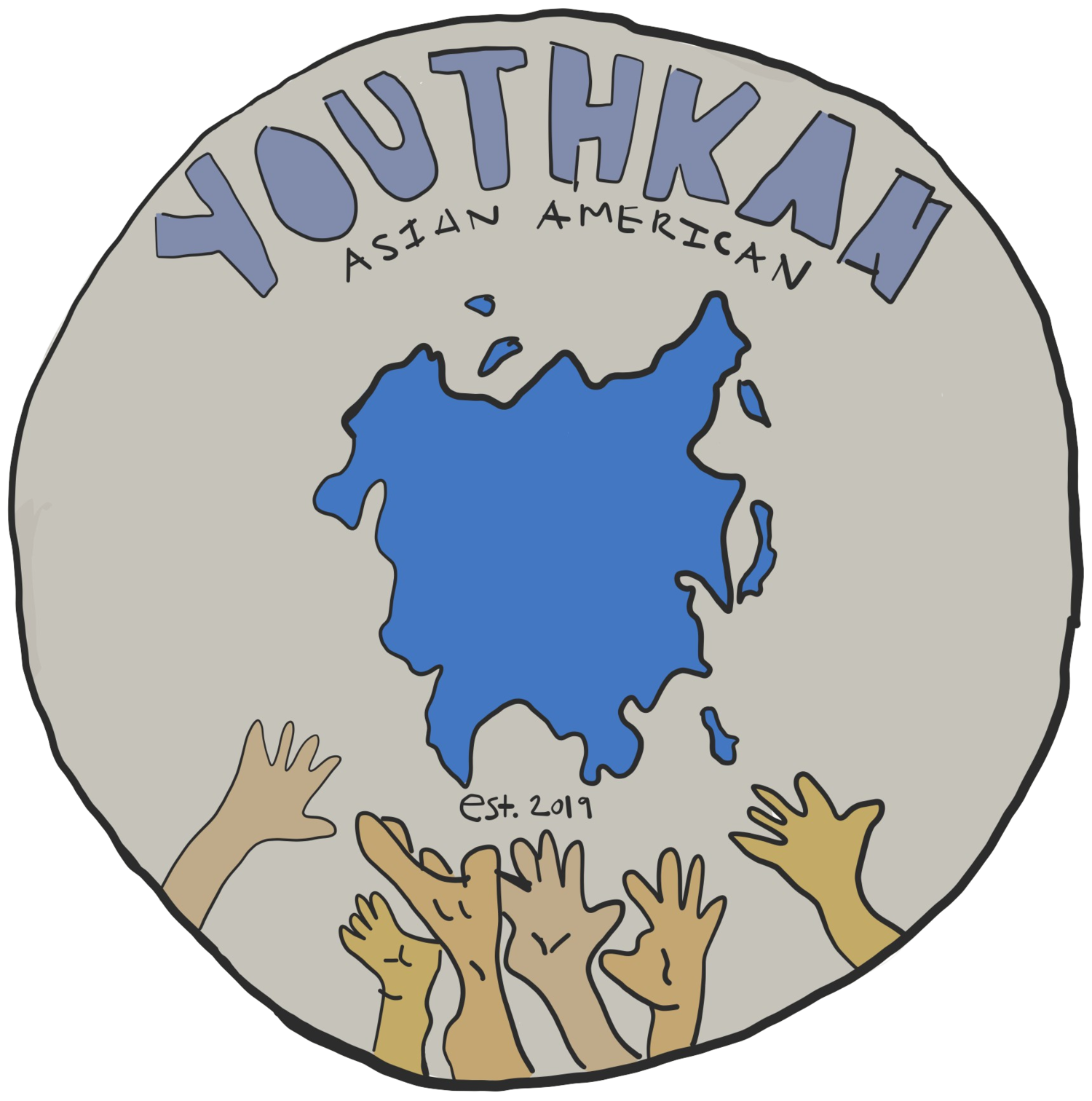YouthKAN Storytelling Event
By Annabelle Chang
YouthKAN members David Hyun, Charlie Turner-Yang, Timothy Sung, Jaeun Tang, Hope Yu, Jeenah Gwak, Annabelle Chang and Scholarship recipient, Paul Kwon
It’s funny how every culture in the world values storytelling. The Cherokee Native Americans use fables to preserve their history and to educate the children. Sub-Saharan Africans listen to stories of history and entertainment from the town storyteller. Whether it is through an oral transfer of stories, passed down from generations or even just modern day picture taking, all people want to remember their memories and stories.
In order to honor stories from Asian Americans, YouthKAN created a storytelling scholarship and hosted an event showcasing some stories from the community. To apply to the application a personal story in any medium was submitted. The goal of the event and the scholarship was to serve as an end of year celebration for YouthKAN and a way to give back to the community by sharing impactful stories.
The event consisted of two main parts. In the first half, three of the seven scholarship awardees shared their pieces. Their stories were all personal and shared how their experiences were affected by being Asian. After the stories were told, there was a 30 minute break where guests were encouraged to participate in the community art piece or enjoy some refreshments. Many guests seemed to enjoy the free kimbap and free boba that arrived during the intermission time. Along with snacking on the food that was provided at the event, many guests participated in the community art piece. It consisted of a painting of a tree with cut-out paper flowers from different countries to represent solidarity across different nationalities. The community members were urged to write or color a response to the question on the flowers, “How can you contribute to positive community change?” The flowers were then glued onto the tree creating a colorful mosaic of different responses.
After the intermission, the guests returned and awards were given out to the scholarship awardees. Pictures were taken and the seniors were recognized for their hard work the past two years.
Before planning for the event began, the storytelling scholarship was organized. When I decided to apply for the scholarship, I struggled with which story I should tell. My struggles didn’t necessarily relate to being asian. I didn’t have a language barrier between my parents. We communicate fairly well. However, as I reflected on my experiences as an Asian American I noted a fundamental difference that changes the stories I have compared to other Asian Americans. The story I told was about the struggles I face while being a third generation Korean American.
My story is different. I grew up in a household only speaking English and not being fluent in Korean. My mom speaks little Korean and my dad’s Korean is conversational. My experience with my “asian-ness” is not the typical asian experience. I grew up never feeling asian enough. I didn’t truly comprehend that I was different until high school which is where I learned there was a picture for an “asian student”. Up until I reached high school, my closest friends were also third generation Korean American so they were no different than me. I felt left like I didn’t fit at school and I felt less than for not being able to speak Korean. I struggled with this inferiority to something I couldn’t change.
With my story being so different, I was nervous to submit it to the application and show it to my parents. I hadn’t really talked to my mom about my struggles in the way that I portrayed them in the application, but after she read it she talked to me and shared some of her experiences with her identity growing up. As she shared more of her childhood I realized even within the label of "second generation", there is a large range of experiences an individual can experience.
Even though my story wasn't the same as others and didn't come from the same background, it does not mean the struggles are invalid. Everyone has a different story to share and everyone wants their story to be heard. The sooner that we can learn to listen to other stories and let ours be heard, the sooner we can understand one another and lead to an environment of growth and learning.

